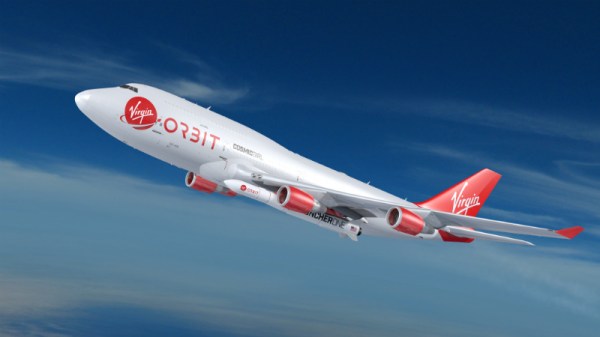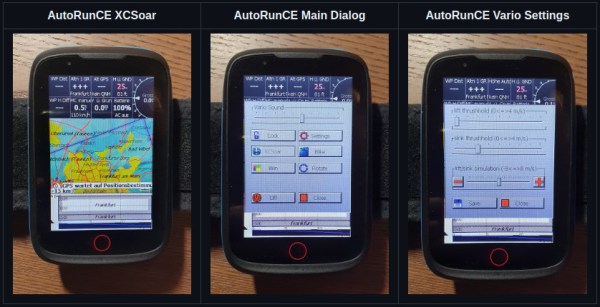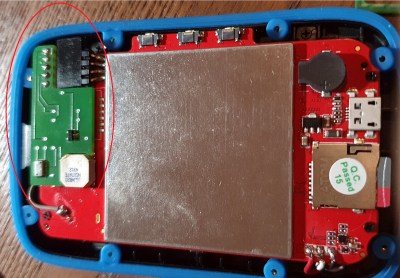When Virgin Orbit filed for bankruptcy in April, it was clear the commercial launch provider was in serious trouble. Despite successfully putting four payloads into low Earth orbit, the spin-off of Richard Branson’s Virgin Galactic space tourism company had struggled to achieve a high enough launch cadence to become profitable, and had recently suffered a highly-publicized failure when their first launch from the UK from the newly-completed Spaceport Cornwall ended in a complete loss of the vehicle.
There was some hope that a buyer would swoop in and save them at the last minute, but now that the bankruptcy auction has spread out the company’s assets among several other players in the commercial launch industry, Virgin Orbital is officially no more. With future launches now off the table, the company’s remaining employees are set to be let go as operations wind down over the coming weeks.
Continue reading “Bankruptcy Sale Scatters Virgin Orbit To The Winds”













